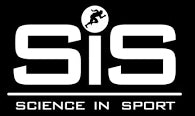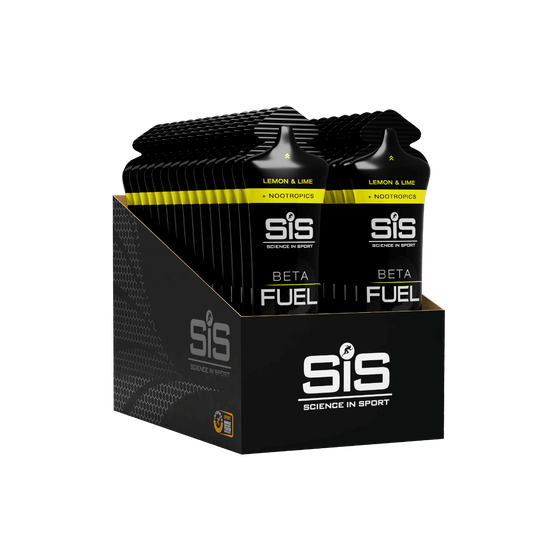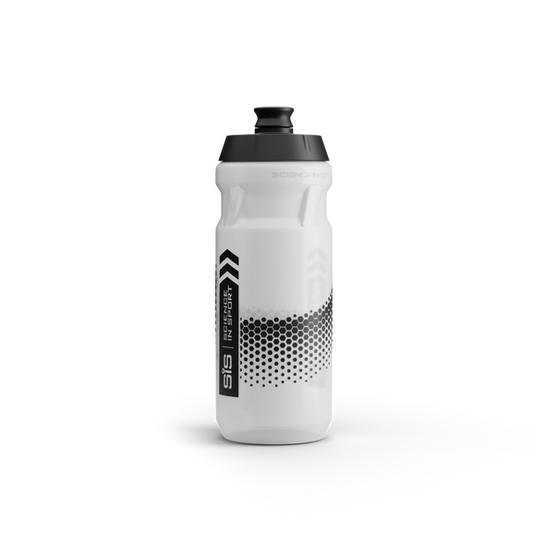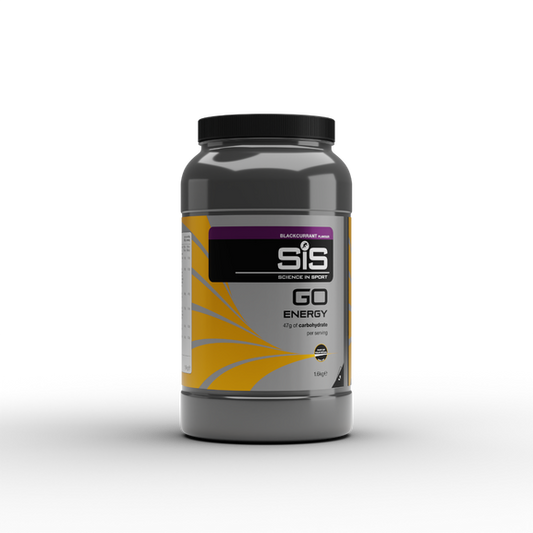Whether you decide to tackle a sprint, Olympic, middle-distance (70.3) or full-distance triathlon (140.6), there are certain elements you need to give serious thought to; your training and your nutrition. Nutrition can even be seen as the fourth discipline with it having the power to make or break your event! This being said, we’ve put together the key nutritional considerations to help you formulate a triathlon nutrition plan that will fuel your training days and the big event itself.
TRAIN AS YOU RACE
Don’t let those hard-earned training sessions go to waste with poor nutritional strategies. You should practice your nutrition strategy during training to ensure your body is used to consuming fuel/fluids at different intensities. This way your body won’t have any shocks come race day. Always remember the golden rule – nothing new on race day!
Your nutrition is key to not just surviving the tough swims, runs and rides, but actually enjoying the event when race day arrives and being able to train without fatigue.
FUELLING YOUR TRAINING
For triathlon training there are 3 main areas to consider. Hydration, Energy and Recovery. In the table below we’ve summarised how you can manage these 3 areas before, during and after training.
| Pre Training | During Training | Post Training | |
|---|---|---|---|
| Hydration | Before training try to drink 500 – 1000ml of fluid at least 4 hours prior to your session and ensure that urine is a clear colour. Use GO Electrolyte (for additional carbohydrate too) or Hydro for key electrolytes. |
Try not to lose more than 2-3% of your body mass through sweating. This usually means drinking 500ml of GO Electrolyte per hour, depending on temperature. |
To ensure that you are fully recovered to train again, aim to replace 150% of the fluid lost through sweating(3). |
| Energy |
Fuel your body appropriately for the intense work required throughout your training weeks(4). In general your daily diet should be high in carbohydrate to provide the necessary energy to support the large volume and intensity of exercise you will be undertaking.However, during short or low intensity sessions, you may strategically reduce carbohydrate intake to promote certain markers of endurance training adaptation.
Remember to also practice race-day fuelling plan during race-intensity training sessions to allow your body to adapt |
How much fuel to consume will vary depending on the training duration and intensity. In general, looking at duration, for exercise longer than 60 minutes, look to consume 30-60g of carbohydrate per hour. For exercise between 90 minutes and 2 hours, you can increase this to 60-90g of carbohydrate per hour. For exercise 2.5 hours of longer you can increase this to 80-120g of carbohydrate per hour.
Where in the range will depend on intensity, check out our design your fuelling strategy article for more information on this! |
After training, try to replenish your carbohydrate stores with 1.2 g of carbohydrates per kg of body weight, training, ideally, the sooner the better!Continue to recover further with carbohydrates in the hours after this to promote further replenishment.
Our REGO Rapid Recovery powders are great for post-exercise as they provide protein for muscle repair, carbohydrate to replenish glycogen stores and electrolyte to aid with hydration. |
| Recovery | Ensure that you rest well between training, as this is where adaptations take place. Overtraining is common in endurance athletes. Aim to get the same amount of sleep each night throughout your training period, consistency is key! | N/A |
To optimise recovery after training, ensure your nutrition is optimised with a meal high in protein and carbohydrates. Our REGO Rapid Recovery powders are a great addition for post-exercise as they provide protein for muscle repair, carbohydrate to replenish glycogen stores and electrolyte to aid with hydration on the go if you haven’t got the appetite for a full meal or if you are pushed for time.
If suffering with a bit of an injury from training, we also recommend having a look at our Collagen + supplement. |
RACE DAY
KEY CONSIDERATION 1: BUILD UP STRATEGIES; THE IMPORTANCE OF CARBOHYDRATES.
As the official sports nutrition partner of the Royal Windsor Triathlon, Banana Triathlon and Eton Sprints, we also would advise you to consider a few other factors when leading up to a race.
Glycogen is the main fuel you will use during your race and is stored when you eat carbohydrates. Our muscles can store up to 500g (or around 2000kcal) of glycogen to be used as energy (depending on your body weight, diet and training status). To make sure these stores are fully loaded, you can increase your overall carbohydrate intake in the 48 hours before the event(5), this is particularly recommended if you’re taking part in a long distance triathlon. Here is a graphic showing general guidance with regards to carb loading:

To do this, a key component of your triathlon nutrition plan should be to increase your carbohydrate portions at meal times. Include foods such as rice, potatoes, pasta and cereals and add plenty of carbohydrate-based snacks in-between, such as cereal bars, fruit, and sports hydration drinks. Aim for 8-10g of carbohydrate per kg of body mass, per day. As an example, an athlete weighing in at 70kg should aim to consume 700g of carbohydrate per day.
KEY CONSIDERATION 2: PRE-RACE
- For shorter events like a sprint, focus on hydration and electrolyte intake pre-race. If your triathlon training nutrition incorporates products such as electrolyte tablets, these should be taken just before the race to kick in and last you the short length of the race.
- Consume a familiar high-carbohydrate based meal 3-4 hours before the start to promote energy stores. Avoid excessive amounts of fat, protein and dietary fibre in this meal.
- For longer events like Olympic or 70.3 or full, focus on hydration and carbohydrate intake. Our bodies can absorb 60-120 g of carbohydrate per hour, so estimate how long you’ll be competing for and pack enough nutrition (i.e., energy gels, drinks, bars, chews etc) to see you through to the end. Here, caffeine can be taken towards the end of your race to give you increased mental stimulation, if this is something you train with.
The tables below provide your race considerations for hydration, energy and recovery. Most importantly, test this beforehand to ensure you are comfortable with it and avoid trying this nutrition plan on race day for the first time.
| Key Factor | During Race |
|---|---|
| Hydration |
For a short event (i.e. sprint distance) if you start hydrated you may not need to consider any fluid, but a 500ml bottle on your bike or in transition to have between disciplines is a good option. During events over 90 minutes (so olympic, 70.3 and full distance triathlons) the need for fluids starts to become more apparent for the majority of people.
The amount required will be decided by individual sweat rates and will vary drastically between individuals, we recommend trying to calculate how much fluid you will need by practicing in training. How much you need will also vary race-to-race due to variations in weather conditions, each race should be considered individually. Because of this huge variability any ‘one-size-fits all’ recommendation on how much to drink is not actually likely to work for everyone so should be treated with suspicion. For hydration aids, our GO hydro tablets provide key electrolytes, but if you want a supplement that gives electrolytes but also carbohydrates for energy, have a look at our GO Electrolyte powder! |
| Energy |
For shorter events, pre-race nutrition is key. Consume a high carbohydrate meal you are familiar with 3-4 hours before the event and then have a high carbohydrate snack i.e. a banana or GO Isotonic energy gels, again, something you are familiar with, 30-60 minutes before the event starts. For Olympic distance, consider how you can practically carry your nutrition and what you find easiest to consume. For some this is energy gels (for longer events (middle or full distance) check out our Beta Fuel gels which provide 40g of carbohydrate compared to 22g of carbohydrate in our GO Isotonic energy gels!) and others it may be powder in your bottles. We have a variety of powders available with varying amounts of carbohydrate, check out the full range here.
Specifically for those longer events such as middle or full distance triathlon, our Beta Fuel range is definitely worth looking at, it’s high in carbohydrate and has been scientifically proven to be consumed at a rate of 120g of carbohydrate without causing GI distress!(6) |
POST TRIATHLON TRAINING NUTRITION & RACE RECOVERY
After training or racing, the body will be in a state of depletion. To reduce fatigue, the risk of injury and to promote physiological adaptations, it is important to recover well by refuelling.
When it comes to refuelling the capacity of your muscles to absorb and store nutrients is increased in the 30-60 minutes post-exercise, so it is important to replace carbohydrates and provide protein and electrolytes within this time. This can be done with “real food” such as traditional carbohydrates (e.g. rice, pasta, breads etc) and protein options (e.g. greek yoghurt, chicken, fish etc). However, this is not always possible or palatable immediately after training or a race.
For instant and ready-to-eat triathlon training nutrition, REGO Rapid Recovery provides all-round recovery options that is accessible on the move and way be easier than consuming whole foods immediately after training or an event.
Pre-planning your triathlon nutrition plan, including 3 meals and 3 snacks, ensures that you can take advantage of the 30-60 minute recovery window. If you have to drive back from a race or are heading out to train straight after work, ensure you have the appropriate meals with you. Have REGO Rapid Recovery pre-mixed in your kitbag for when you finish training and competition.
REFERENCES
- Jeukendrup, A. (2014). A step towards personalised sports nutrition: carbohydrate intake during exercise. Sports Medicine, 44(1), 25-33.
- Casa, D. J., DeMartini, J. K., Bergeron, M. F., Csillan, D., Eichner, E. R., Lopez, R. M. & Yeargin, S. W. (2015). National Athletic Trainers’ Association position statement: exertional heat illnesses. Journal of Athletic Training, 50(9), 986-1000.
- Baker, L. B., & Jeukendrup, A. E. (2014). Optimal composition of fluid‐replacement beverages. Comprehensive Physiology, 4, 575-630
- Impey, S. G., Hammond, K. M., Shepherd, S. O., Sharples, A. P., Stewart, C., Limb, M., … & Close, G. L. (2016). Fuel for the work required: a practical approach to amalgamating train‐low paradigms for endurance athletes. Physiological reports, 4(10), e12803.
- Thomas, D. T., Erdman, K. A., & Burke, L. M. (2016). Position of the academy of nutrition and dietetics, dietitians of canada, and the american college of sports medicine: Nutrition and athletic performance. Journal of the Academy of Nutrition and Dietetics, 116(3), 501-528.
- Hearris, M. A., Pugh, J. N., Langan-Evans, C., Mann, S. J., Burke, L., Stellingwerff, T., … & Morton, J. P. (2022). 13C-glucose-fructose labeling reveals comparable exogenous CHO oxidation during exercise when consuming 120 g/h in fluid, gel, jelly chew, or coingestion. Journal of applied physiology, 132(6), 1394-1406.
Written by: Dr Emily Jevons
Emily has worked with Science in Sport since 2021. With a PhD in Exercise Physiology & Nutrition, she currently provides nutritional advice for endurance athletes. Emily not only understands the science behind performance nutrition solutions, but also the physiological and psychological demands of sport after competing competitively in swimming and triathlon for a number of years.












